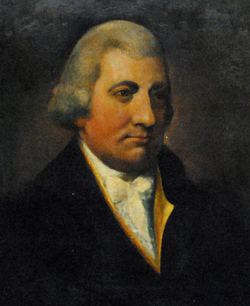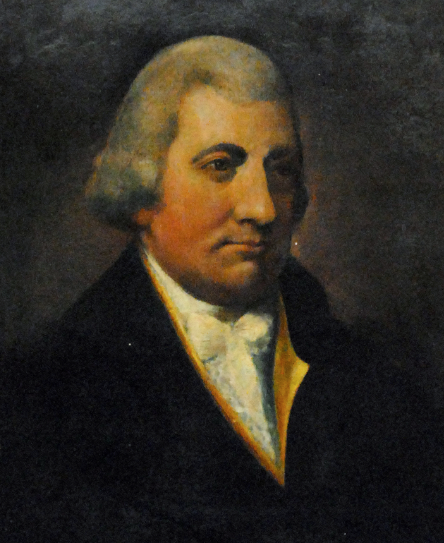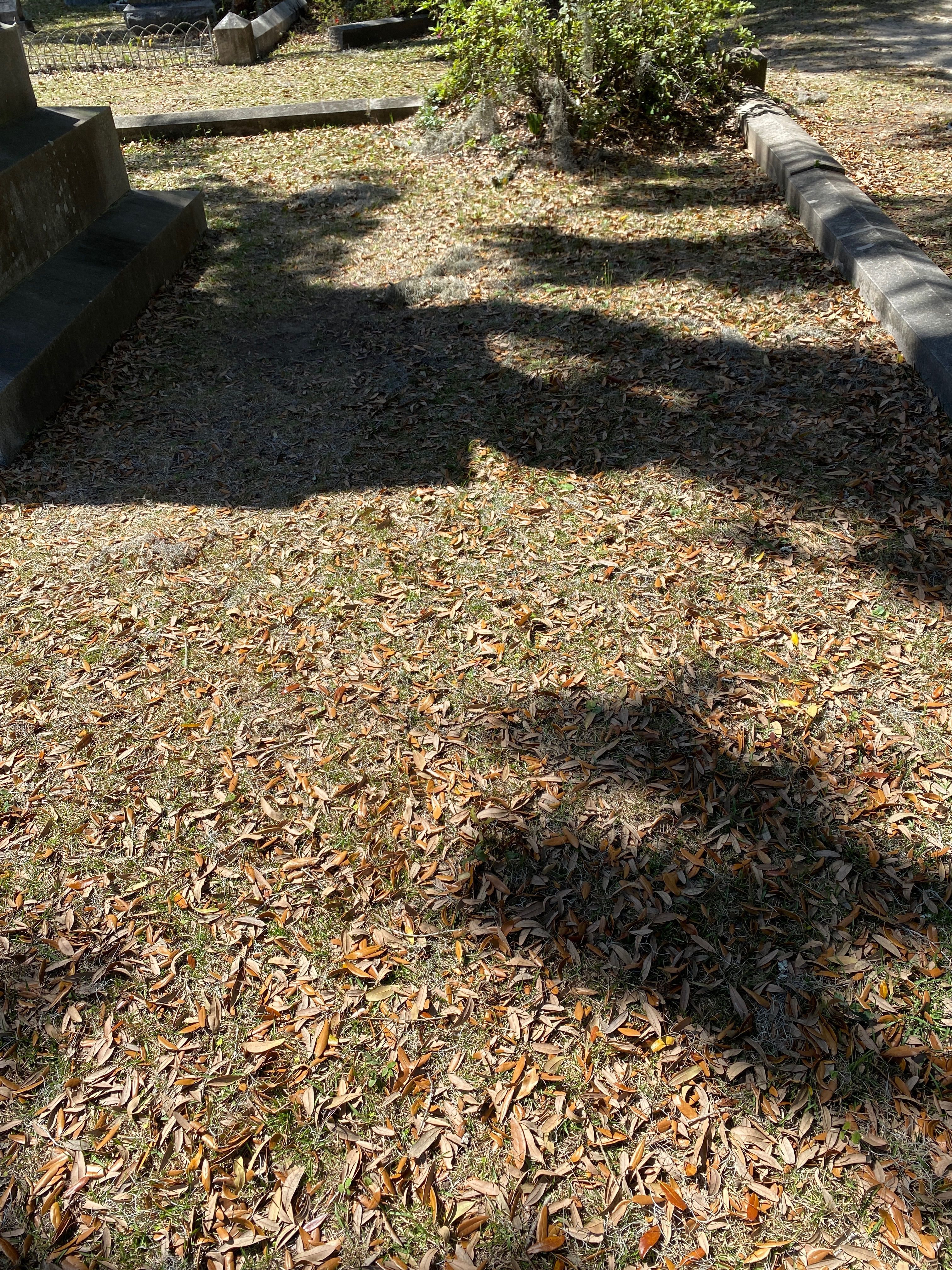Georgia Governor. He is best remembered as the 10th Governor of Georgia, one of the original Sons of Liberty and also a delegate for Georgia in the 1775 Continental Congress. Born to well-to-do Scots immigrants in St. George's Parish (modern Waynesboro) near the eastern border of Georgia, his father served as the registrar of land grants for the Georgia Colony and the collector of quit-rents. John was educated in Savannah and studied law there. He was admitted to the bar and started practicing law in Savannah. He married Hannah Bryan, whose father Jonathan was a wealthy merchant in Savannah. They built their home, White Bluff, approximately nine miles northwest of Savannah. Before entering politics, he was a successful lawyer, and was appointed to the Governor's Council by James Wright. In 1774, Houstoun was one of the founders of the nascent revolutionary government in Georgia. He joined forces with Archibald Bulloch and others to form a Committee of Correspondence to support of Boston residents dealing with the Boston Port Act. The committee went on to create formal protests against other measures brought about by the Intolerable Acts. During this time, he was a representative in the Provincial Congress of Georgia, and they named him as a delegate to the First Continental Congress. He declined, since fewer than half the counties were represented in the Provincial Congress. By 1775, this error was corrected and he accepted that appointment. In Congress, he was a strong supporter of the movement toward independence from Great Britain, but resisted the non-importation agreements because of their negative effects on the southern colonies. He was re-appointed to the National Congress in 1776, but did not attend. He stayed at home in Georgia to work with the Committee of Safety to defeat the loyalist efforts of the popular preacher-loyalist, John Zubly. Early in 1778, he was elected as the second revolutionary Governor of Georgia, making him the first Georgia governor to be born in Georgia. That same year, he took charge of the Georgia militia in an failed attempt to seize the British post of St. Augustine, Florida. His disputes with the Continental Army commander, Robert Howe, contributed greatly to the failure of the raid. When the British forces captured Savannah, Georgia on December 29th in response to the St. Augustine port raid, Houstoun was forced into hiding. After the surrender at Yorktown, the British left Savannah in 1782 and Houstoun returned home. He was elected to another one-year term as governor in 1784. During his second term, he pushed for more access to Indian Country. Since the Spanish controlled Florida at the time, he wanted more east-west trade routes. The Creeks declined to grant the Choctaws access to the Georgia traders. On September 28, 1784, he granted four 5,000 acre tracts of vacant land in Franklin County, Georgia to French Vice Admiral d'Estaing and his heirs. The four bounty land grants totaling 20,000 acres were subsequently registered on June 13, 1785. In 1790, he became the first Mayor of Savannah, Georgia and in 1791, he was appointed a justice of the Superior Court of Georgia. After 1792, he served as President of the Chatham Academy. He died at his home in White Bluff, just outside Savannah on July 20, 1796. Houston County in central Georgia was named after him.
Georgia Governor. He is best remembered as the 10th Governor of Georgia, one of the original Sons of Liberty and also a delegate for Georgia in the 1775 Continental Congress. Born to well-to-do Scots immigrants in St. George's Parish (modern Waynesboro) near the eastern border of Georgia, his father served as the registrar of land grants for the Georgia Colony and the collector of quit-rents. John was educated in Savannah and studied law there. He was admitted to the bar and started practicing law in Savannah. He married Hannah Bryan, whose father Jonathan was a wealthy merchant in Savannah. They built their home, White Bluff, approximately nine miles northwest of Savannah. Before entering politics, he was a successful lawyer, and was appointed to the Governor's Council by James Wright. In 1774, Houstoun was one of the founders of the nascent revolutionary government in Georgia. He joined forces with Archibald Bulloch and others to form a Committee of Correspondence to support of Boston residents dealing with the Boston Port Act. The committee went on to create formal protests against other measures brought about by the Intolerable Acts. During this time, he was a representative in the Provincial Congress of Georgia, and they named him as a delegate to the First Continental Congress. He declined, since fewer than half the counties were represented in the Provincial Congress. By 1775, this error was corrected and he accepted that appointment. In Congress, he was a strong supporter of the movement toward independence from Great Britain, but resisted the non-importation agreements because of their negative effects on the southern colonies. He was re-appointed to the National Congress in 1776, but did not attend. He stayed at home in Georgia to work with the Committee of Safety to defeat the loyalist efforts of the popular preacher-loyalist, John Zubly. Early in 1778, he was elected as the second revolutionary Governor of Georgia, making him the first Georgia governor to be born in Georgia. That same year, he took charge of the Georgia militia in an failed attempt to seize the British post of St. Augustine, Florida. His disputes with the Continental Army commander, Robert Howe, contributed greatly to the failure of the raid. When the British forces captured Savannah, Georgia on December 29th in response to the St. Augustine port raid, Houstoun was forced into hiding. After the surrender at Yorktown, the British left Savannah in 1782 and Houstoun returned home. He was elected to another one-year term as governor in 1784. During his second term, he pushed for more access to Indian Country. Since the Spanish controlled Florida at the time, he wanted more east-west trade routes. The Creeks declined to grant the Choctaws access to the Georgia traders. On September 28, 1784, he granted four 5,000 acre tracts of vacant land in Franklin County, Georgia to French Vice Admiral d'Estaing and his heirs. The four bounty land grants totaling 20,000 acres were subsequently registered on June 13, 1785. In 1790, he became the first Mayor of Savannah, Georgia and in 1791, he was appointed a justice of the Superior Court of Georgia. After 1792, he served as President of the Chatham Academy. He died at his home in White Bluff, just outside Savannah on July 20, 1796. Houston County in central Georgia was named after him.
Bio by: J. Wilson
Family Members
Advertisement







